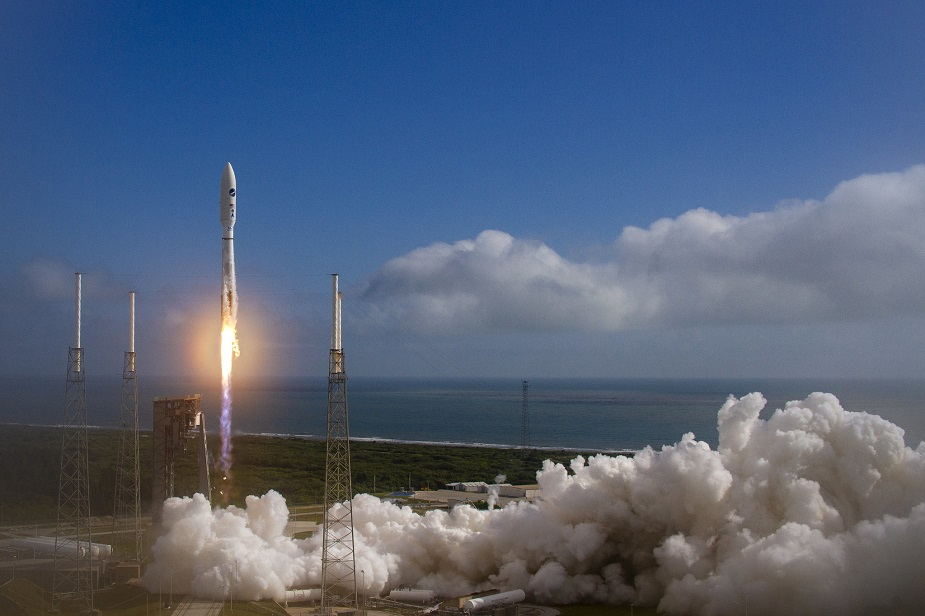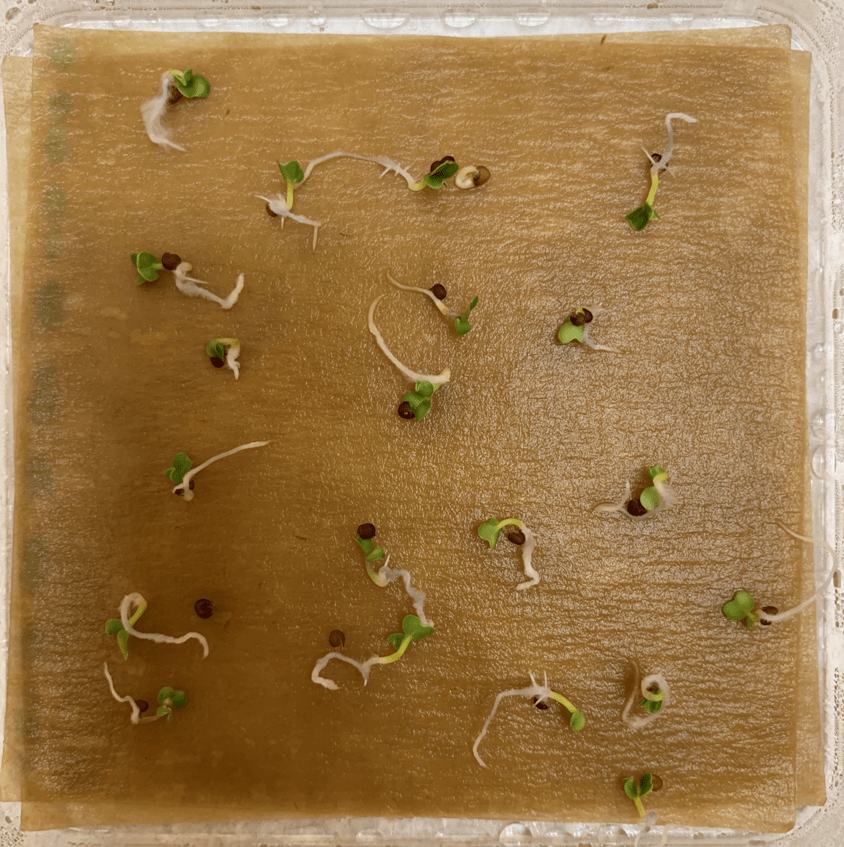Effect of Long Duration Space Exposure on Seeds
Launch Information
X-37B Orbital Test Vehicle-6 (OTV-6) launched on May 17, 2020.
Science Objectives for Everyone
- This collaborative activity consists of two experiments, namely RAD-SEED 1 and RAD-SEED 2, utilizing the X-37B, an experimental reusable space vehicle operated by the United States Space Force.
- The primary goal is to investigate the effects of long duration exposure to microgravity and space radiation on seed viability and quality. This knowledge gap is relevant to future interplanetary missions and for the establishment of permanently inhabited planetary surface bases.
- Seeds from two plant model organisms and eleven crop plants species or cultivars were selected. Seeds recovered from this long duration mission will be evaluated for viability, germination rates, developmental abnormalities, and molecular changes compared to ground control seeds.

The Rad-SEED mission was launched on OTV-6 on May 17, 2020 (Credit: United Launch Alliance)
United Launch Alliance
Experiment Description
Research Overview
- With the renewed goal of manned Mars exploration, continuous fresh food production during long duration deep space missions can be a critical addition to the processed food system to meet astronauts’ nutritional requirements and to provide potential psychological benefits for crew in the isolation and confinement of deep space.
- However, critical knowledge gaps, such as the impact of deep space radiation on long-term seed storage and plant growth, must be addressed prior to dependence on crop systems for any portion of a deep space food system. These knowledge gaps are also relevant to the establishment of permanently inhabited planetary surface bases.
- The X-37 vehicle is uniquely suited to return experiments to Earth after each flight. Therefore, we utilized this unique flight opportunity to investigate the impact of long-duration space exposure on plant seeds to test whether nutritious and high-quality produce can be reliably grown from seeds stored long-term in the space environment, and if not, to provide a baseline to guide future radiation countermeasure development for crop produce.
- The response of each crop species to long term space environment exposure will also help identify candidate traits for successful plant growth on deep space vehicles.
- The hypothesis is that long duration space exposure will affect seeds viability and quality, causing detrimental effects on germination and plant development compared to ground control seeds.
- There are three Objectives: (1) Evaluate the effect of long-duration exposure to the space environment on seed viability and quality. (2) Explore the mechanisms on how seeds respond differently to long-term space environment exposure. (3) Validate the OTV passive sample exposure platform for potential future missions to expose biological samples to long-duration space environment.

Example of viable plant seeds under germination test.
Description
- The experimental approach outlined here is designed for maximum science gain for this long-duration mission.
- Model Organisms: 2 model plant organisms and 11 space crop candidates were selected for this project. Most of these species have been grown successfully under spaceflight-like conditions (temperature, air, humidity, lighting, etc.) in ground analogs at KSC, and either have been or will be grown on ISS (in some cases for crew consumption). These seeds include: (1) The model plant organisms Arabidopsis thaliana and Brachypodium sp., both of which have been grown on the ISS; (2) Crop species that have been or will be grown on the ISS (Mizuna, Lettuce, Tomato, Pak Choi, Radish, Hatch chile pepper, and Dwarf Wheat); (3) Crop species that have unique seed shapes and characteristics, including Chard, Onion, rice, and Cucumber.
- Design of Comparable Radiation Scenarios using the NASA Space Radiation Laboratory (NSRL) at Brookhaven National Lab: In addition to the flight experiment, this project also includes multiple ground-based control experiments to allow data comparison. Some ground control samples will be exposed to modified GCRsim in NSRL to simulate the radiation environment of the flight condition based on the radiation dose/dose rate measurements.
- For post-flight analysis, we will use growing conditions (22°C, 40-45% RH, 3000 ppm CO2, 300 μmol·m2·s-1 light, and 16hr/8hr photoperiod) comparable to those used during ISS Veggie plant growth experiments, within a controlled environment chamber at KSC. Seeds from each model plant, and crop species will be planted and collected at 6-10 days (durations are species dependent) for assessment of germination rates and morphological and histological analyses. Images will be acquired for evaluating signs of stress, developmental abnormalities and measuring root length. At different time-points, seedlings will be fixed in RNAlater for potential transcriptomic and mutation analysis to explore the mechanisms behind different responses cross species/variant. To analyze edible biomass, seeds from selected crop species will be planted under the same environmental conditions described above. The crops will be harvested at day 28-90 after planting (species dependent) at which time morphological assessments will be conducted (e.g. appearance, size, weight). Subsequently, the fresh produce will be harvested for potential analysis for a panel of nutrition-relevant minerals and vitamins.
- The results obtained from this flight experiment will be compared with those from KSC ground controls, and seeds exposed to simulated space radiation scenarios using NSRL. We will also compare the data with those obtained from our MISSE project, an HRP funded Seed Radiation project using NSRL, and other literatures. These comparisons will provide valuable and integrated baseline database for establishing crop production and seed storage capabilities for long-term deep space explorations.
Space Applications
- Data collected from this study will address several knowledge gaps for establishing deep space crop production capabilities, particularly space radiation impact/protection and seed storage conditions for a diverse variety of candidate “space crops”.
Earth Applications
- The response of each crop species/variant to long term space environment exposure and its mechanism will also help identify candidate traits for successful plant growth not only for deep space explorations, but also for improving agriculture on Earth, especially for regions with harsh or extreme environment.
Team
- PI: Ye Zhang, Ph.D., NASA Kennedy Space Center
- Howard G. Levine, Ph.D. NASA Kennedy Space Center
- Jeffrey T. Richards, LASSO Contract (Amentum), NASA Kennedy Space Center
Keep Exploring




